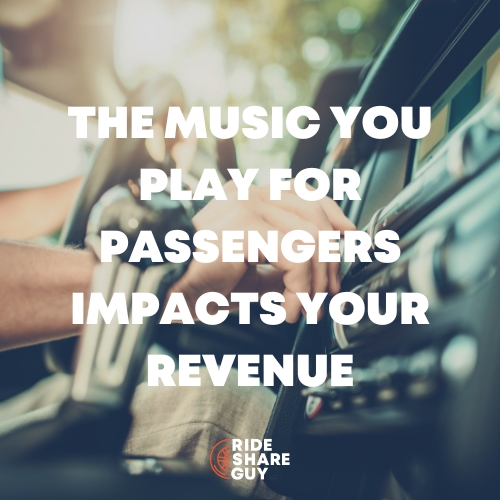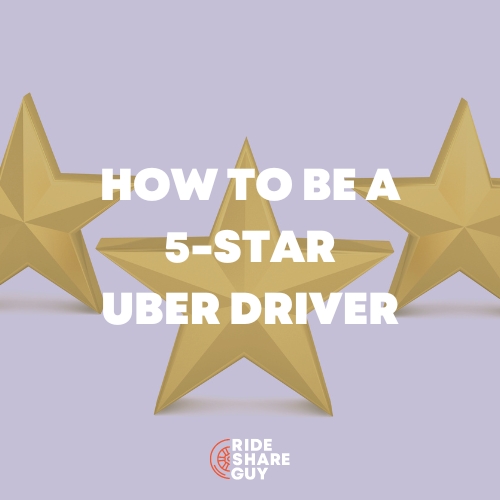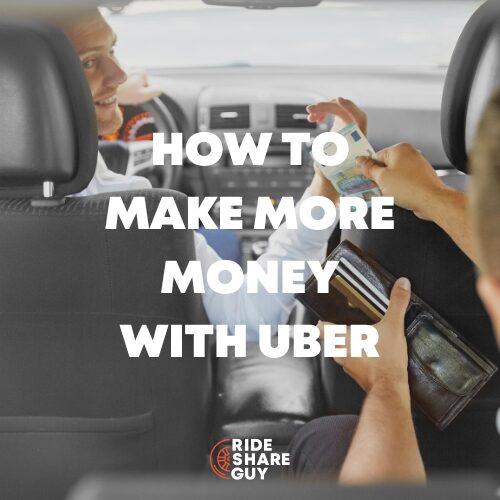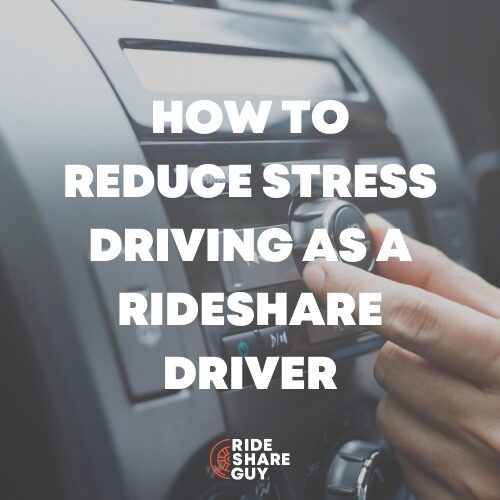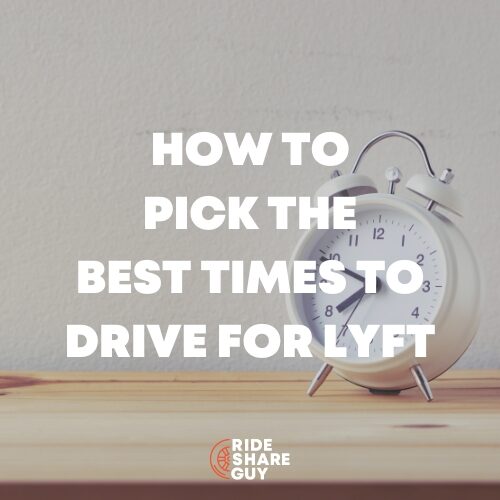The Uber employee misclassification lawsuit has caused many drivers to be frustrated with the $100 million proposed settlement recently, but there was an interesting concession thrown in at the end. The new Uber driver deactivation policy now says that drivers can no longer be deactivated for low acceptance rates, and it turns out drivers are figuring out some creative ways to make this tiny provision work in their favor.
Before the lawsuit, the acceptance rate requirement had always hovered somewhere around 80-90%. You could ignore a request here and there, but for the most part, you had to accept everything that came in. As independent contractors, I really don’t think Uber should have the power to tell you which rides you have to take. They already withhold certain information like where the passenger’s destination is, but I always felt the acceptance rate requirement really made things feel like an employee/employer relationship.
But with the release of Uber’s official deactivation policy, it now clearly states:
I’ve tried and tested this new policy, and you really can ignore as many requests as you’d like without getting deactivated, BUT a couple of things are going to happen to you.
Uber Time Outs
If you ignore 2 or 3 requests in a row, you’ll get put in ‘Uber time-out’ for anywhere from 2-30 minutes. The time-out period varies by city, but most time-outs I’ve seen are in the 2-10 minute range for now.
So once you ignore 3 requests in a row (in some places it’s only 2 requests), a screen will pop-up on your app that looks something like this:
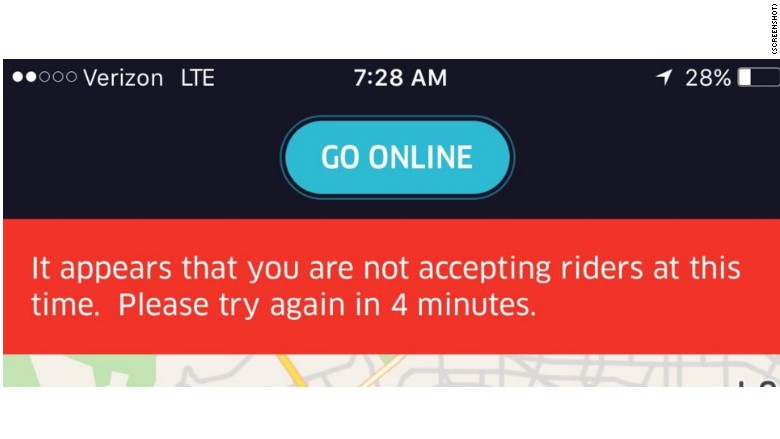
I’m driving in Los Angeles and I actually haven’t been able to get this screen to pop up the last couple of times I was out, but I have been put on double secret time out. Double secret time-out is triggered by ignoring 2 or 3 requests in a row, but instead of notifying you that you’re on time-out, your car will actually disappear from the map and you won’t get any requests.
I tested this the other day in Los Angeles by logging on to the driver app and ignoring two requests in a row. I requested myself once and ignored it and then got another request and ignored it. So far so good, and I was still online when I checked on the passenger side of the app.
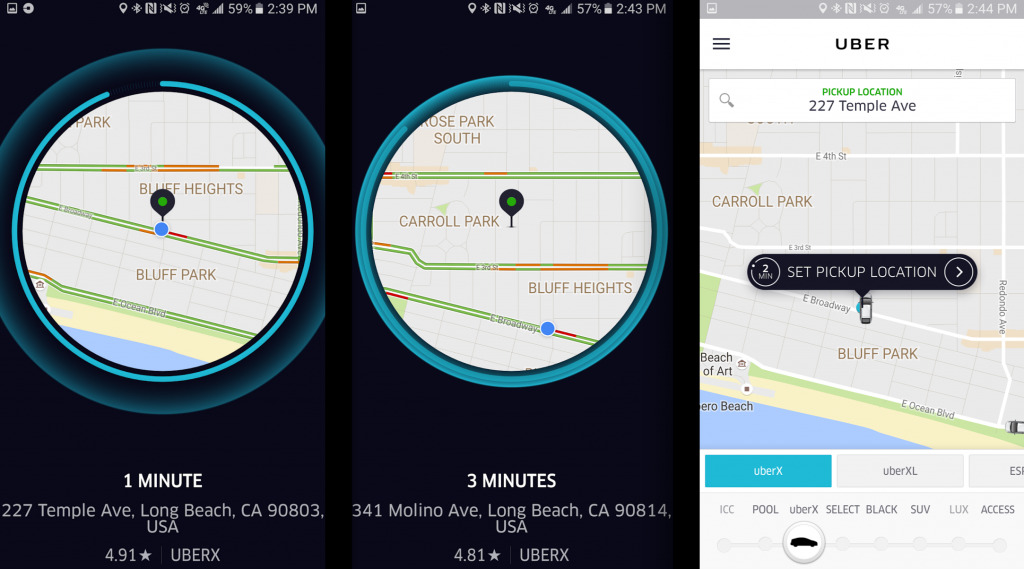
Then I got a third request (see screenshot below) and ignored it, and even though the driver app didn’t tell me I was on time-out (and you can see I was still online), when I headed over to the passenger app, my car was no longer on the map. When I tried to request myself as a driver from the passenger side of the app, I got a different driver.
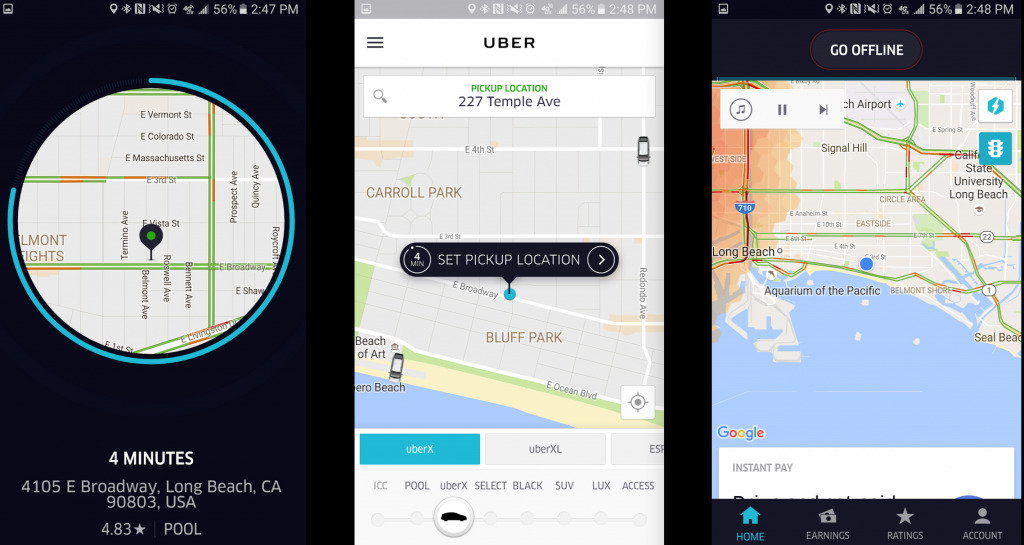
This is just another good reason to always be vigilant of what’s going on on the passenger side of the app since, if your car doesn’t show up, you’re not going to get any requests! There’s a reason why my most popular Youtube video with over 100,000 views recommends that you take a ride as a pax (sign up here for your first ride free!).
Nastygram E-mails From Uber
If you’re ignoring a lot of requests, the other thing Uber will do is send you a nastygram e-mail that looks something like this:
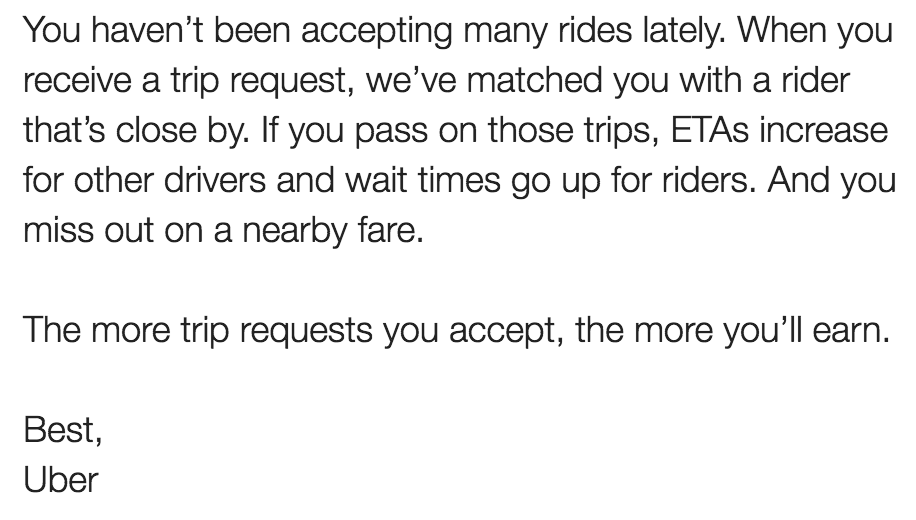
Okay, maybe it’s not that nasty, but the funny thing about this e-mail is that it has no bearing on your account status. Some of the e-mails I’ve seen are a little more forceful, but Uber is really just trying to guilt you into accepting more rides. However, you can delete this e-mail and pretend like you never got it if you want to.

Getting Around The Time-Outs
I don’t know if Uber thought this new policy all the way through, so I’m not sure how long it will last. But they’re already increasing the time-out length in many places. Fortunately, I noticed that when I logged out after my second ignore in a row, it seemed to reset things and helped me avoid time-outs.
You can also accept your third ride and cancel it, but remember this will affect your cancellation rate, which can still be used to deactivate drivers. It’s not clear what the exact cut-off is for cancellation rates, but I try to stay below 10% cancellations. If your cancellation rate gets too high, Uber will usually send plenty of warnings by text/e-mail before they deactivate you.
If You Do Get Put Into Time-Outs
A two to five-minute time-out really isn’t a big deal in my book, so if you do get put on a short time-out, here are a few options
- Turn on the Lyft app and go drive for Lyft!
- Take a break: go stretch, use the bathroom, or pass out some referral cards 😉
- Log off for the night: time-outs actually hurt Uber more than the drivers since it’s taking a driver off the road.
How to Use This New Policy to Your Advantage
This policy is still new so Uber is constantly tinkering with the requirements (and it varies by city) but I came up with 5 distinct ways of taking advantage of the fact that you can no longer be deactivated for low acceptance rates.
1. Say Goodbye to UberPool Rides
Uber launched UberPool almost two years ago and I still have yet to find a single driver (okay I found one!) who enjoys doing these rides. The pool is sort of the worst of both worlds since you have two bosses, two pick-ups and drop-offs (often the toughest part of driving) and you get paid about the same amount of money or less if the trip isn’t matched.
There’s no way to directly opt out of UberPool rides, but now that there’s no acceptance rate requirement, you can ignore as many UberPool rides as you want. In Uber’s top Pool market of San Francisco, 50% of rides are Pool requests so you may have to ignore every other ride, but if it’s busy, it shouldn’t be a big deal.
If you’re waiting 5-10 minutes in-between requests, you probably will lose money by not taking Pool rides but if you’re only waiting a few minutes, you’ll likely be better off by skipping over that Pool ride in favor of an X ride. The new policy also allows you to ignore the second request in a Pool ride which may be the better option if it’s slow and you don’t want to pass up rides (in some cities, Uber is adding the second rider automatically now.
So while you won’t make more money by ignoring Pool requests, you will save yourself some hassle. Definitely, a great way to pee in the pool ☺
2. Ignore 10-15 min ETAs
This doesn’t happen to me as often on Uber as it does with Lyft, but it’s rarely profitable to accept a request that’s 10-15 minutes away unless you know they’re going a far distance. I wish Uber would enforce a guaranteed surge rate or require a $10 minimum on longer ETA rides, but I don’t see that happening anytime soon.
So while you still won’t be able to tell where your passengers are going, at least you can now ignore requests that are beyond a certain distance/time. Your max ETA may be different than mine and depend on conditions (if it’s slow out, maybe you are more willing to take a longer ETA ride) but it’s important to minimize the deadhead miles since you won’t get paid if you don’t have a passenger in the car.
Related: Track your miles for free with the Stride Drive app.
3. Screen Out Low Rated Pax
Driver ratings have always been a pain point for drivers since Uber doesn’t provide much feedback on how to improve your rating, but it’s even worse when you consider the fact that there’s no two-way accountability. Drivers are held to a 4.6 gold standard but passengers can do whatever they want.
Over the past year, I’ve been pretty strict with my passenger ratings and I think a lot of other drivers have followed suit. I’ve definitely noticed a difference between my lower and higher rated passengers and, with this new policy, you can be a lot more picky as to who you give a ride to. Similar to the long ETA scenario though, if it’s slow out you may want to still take that ride. But if it’s busy, I would only go for a pax above 4.6-4.8.
4. Wait For A Surge Request
We all know how good it can feel to get that big surge ride, but oftentimes you’ll be sitting in the middle of a surge area and get pulled out by a non-surge ride (or not get a request at all). This new policy allows you to ignore those requests and wait out a surge ride.
I haven’t had a ton of experience/success with this one yet, but I know other drivers are using it effectively to basically wait for a surge request. If you think about it, a normal ride from start to finish might take 30 minutes, but a surge ride at 1.5x will earn you 50% more for the same amount of time. So if you’re doing 2 rides per hour normally, you’d actually be better off by waiting up to 15 minutes and getting a 1.5x surge ride since that ride would pay the same on a per minute basis and you’d do less driving.
5. Filter Out Select And XL Requests Only
In some cities, Uber allows Select and XL drivers to set up a Select-only or XL-only option. But over the past few months, Uber has been phasing this option out of more and more cities and drivers don’t have a lot of recourse when this happens.
If you’re a Select and/or XL driver in one of these cities that has been phased out, you can now use this new policy to create your own Select/XL-only filter. Since you can see what type of request comes in on the accept screen, just ignore any UberX requests that come through.
On weekends, this strategy should work pretty well since I’ve noticed that’s when most people order Select rides (XL is a little more spread out) but during other times like weekdays, you may have to ignore a lot of X rides in order to get that one Select ride. It may be just more profitable to find the times when the highest concentration of XL and Select rides are coming through and focus on those hours. I advise keeping a simple log of how many requests you are getting and what type for various days and times (might be best to get a few drivers in your area on board and then share the data).
I also like this strategy for drivers who do have the Select and XL only options too, since during times when UberX is surging (usually a 2x+ surge on UberX will equal Select or XL rates) you can now log on to your combined profile and accept either Select trips or UberX surge trips that are above whatever trigger you have set for yourself. Maybe if it’s slow, you’re willing to take a 1.5x UberX surge fare.
Watch Out For Guarantees
The only time it doesn’t make a lot of sense to take advantage of the new acceptance rate policy is when you’re on guarantees or going for certain promotions/bonuses since Uber usually requires a high acceptance rate (greater than 80 or 90% for example).
Wrapping It Up
A lot of drivers like being independent contractors but I know my biggest complaint has always been that you’re not truly independent as a driver. I know drivers were upset with the result of the Uber settlement, but it did force Uber to make this change to the acceptance rate policy.
I think Uber needs to take a step back and look at the root cause of why drivers are resorting to hacks and loopholes like this. Even though Uber says you’ll make more money by staying online and accepting more trips, a 10-15 min. ETA request is not profitable ride for a driver, and that’s why we ignore them. Sure, it makes Uber look great and the passenger is happy, but if you live way out in the boonies, you should have to pay a little bit more for a ride. Uber and the passenger both win in this scenario, but the driver is the one who gets screwed.
I hear from Select and XL drivers all the time who do not want to take UberX requests yet Uber forces a lot of them to do so. But as an independent contractor, shouldn’t you have some say over the rides you have to take?
Ultimately, my hope is that Uber addresses the root causes of all these issues instead of trying to further penalize drivers with childish tactics like time-outs. Far too often Uber introduces services like UberPool that increase the company’s bottom line, and saves passengers a ton of money but doesn’t reward the driver at all. Uber talks a big game about wanting to help drivers but actions speak louder than words.
Read next: Essential Gear for rideshare drivers
